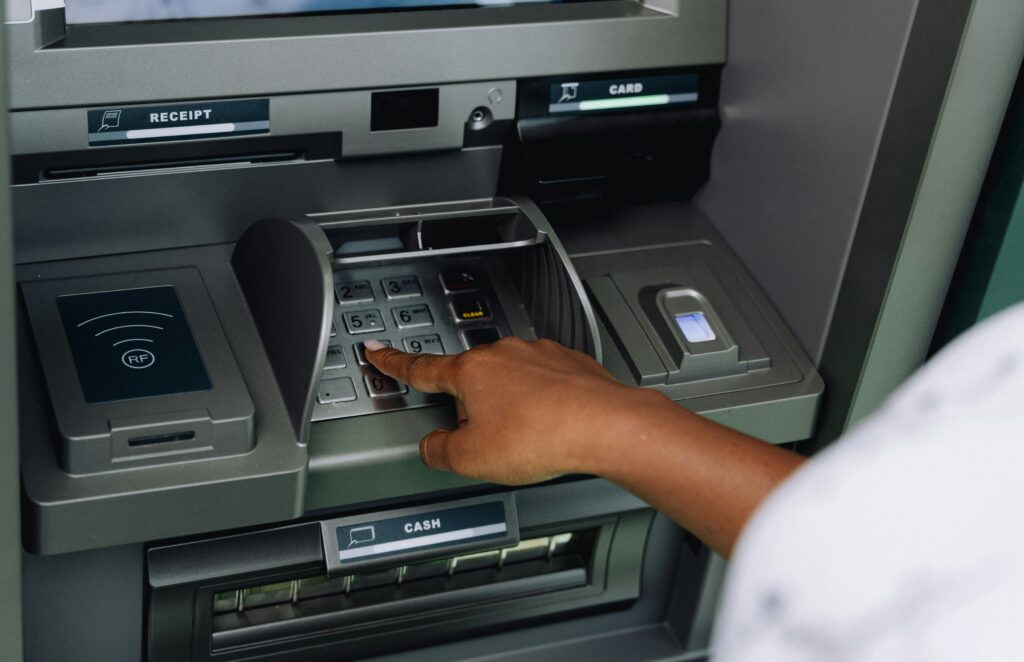Picture this: you’re out grabbing dinner with a friend, and as you’re catching up on the latest gossip, you realize you forgot your wallet at home. No worries, you think, as you reach for your phone to use a mobile payment app to cover the bill. But what if I told you that in the near future, you might not even need your phone to make payments?
Enter biometric payments, the latest innovation in the world of fintech. Biometric payments utilize unique physical characteristics such as fingerprints or facial recognition to verify a person’s identity and authorize transactions. This means no more fumbling for cards or phones – just a quick scan of your fingerprint, and you’re good to go.
According to a recent report by Juniper Research, biometric payments are expected to reach over $2.5 trillion in transactions by 2024, with an estimated 1.5 billion biometric payment users worldwide. The convenience and security offered by this technology are driving its rapid adoption, with major players like Apple, Google, and Samsung already incorporating biometric authentication into their devices.
But what does this mean for the future of payments? As biometric technology becomes more widespread, we may see a shift towards a cashless society, where physical wallets are a thing of the past. While concerns around privacy and security remain, the potential for seamless and secure transactions is undeniable. So the next time you’re out with a friend, don’t be surprised if they ask you to scan your fingerprint to split the bill – the future of payments is closer than you think.



